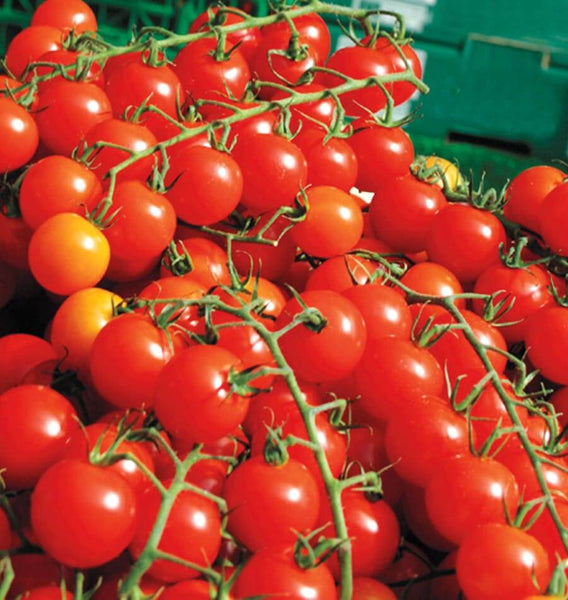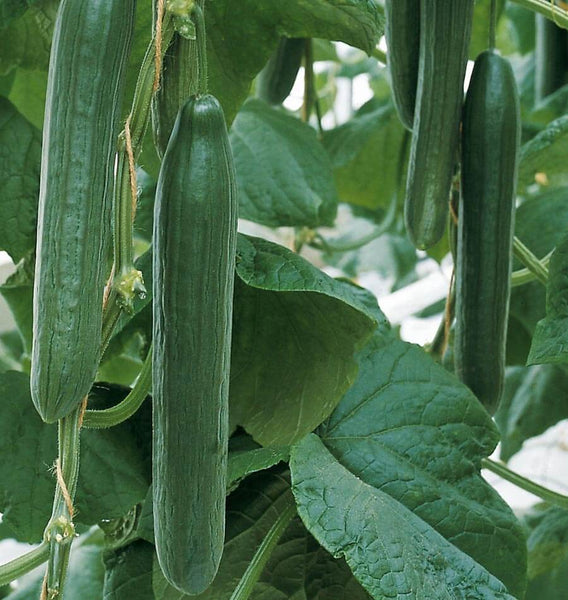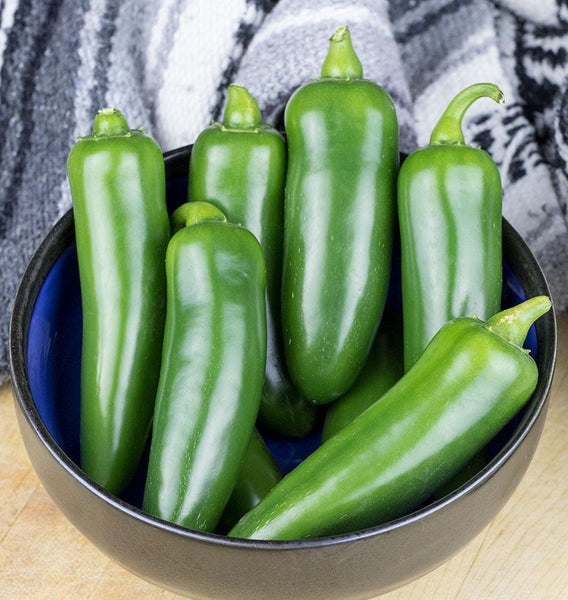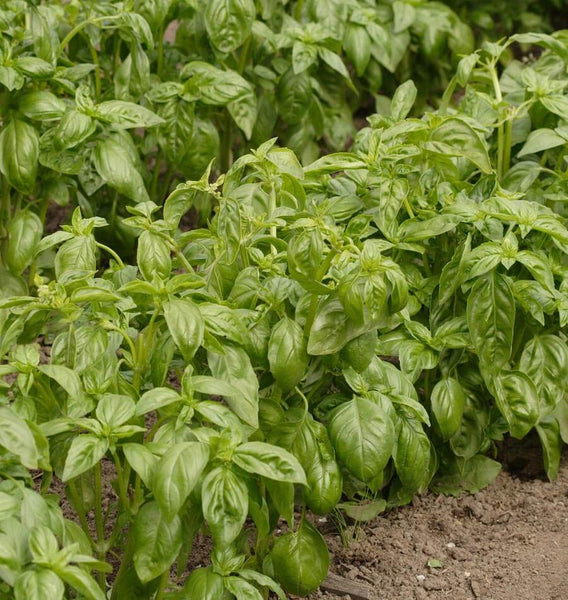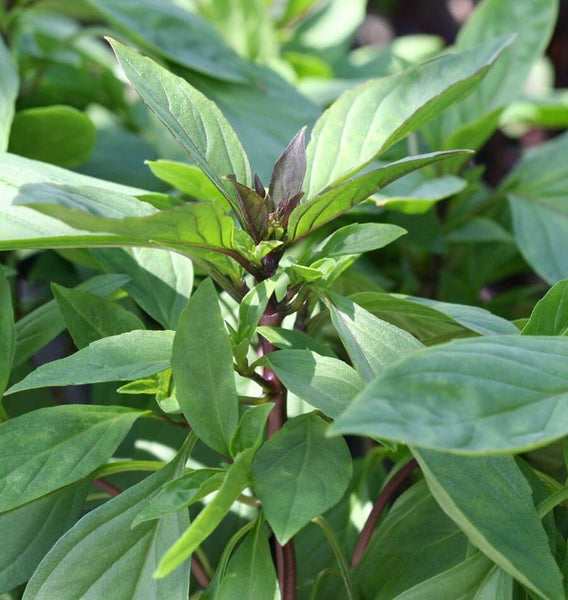Soil Blockers have been around for many years, but their popularity is spreading fast, largely by word of mouth. Using this Soil Block recipe and Soil blockers will eliminate the need for plastic seedling trays and insert flats, so they represent an ecologically sound alternative for people who find themselves starting masses of seeds.

A soil blocker creates individual cubes of lightly compressed soil. A single seed is planted in each block and grown into a seedling to the stage it is ready to transplant into the garden – or into a larger soil block. Because the sides of each soil block are exposed to the air, the roots of each seedling get plenty of oxygen. This makes the roots stronger and minimizes transplant shock when the block is eventually planted.
Like seeds themselves, soil blockers come in various sizes. A ¾ inch soil block may be an ample size if you’re starting some tiny seed like thyme or Lobelia, but if you’re starting pumpkin seeds, you might want to begin with 3 inch soil blocks.
Soil blocks are also designed to fit inside one another. A mini ¾-inch block can be potted on into a 2-inch block, and this can be inserted into a 4-inch block. So even if you’re sowing seeds that need a very early start (like peppers), you can move the seedlings from block to block without disturbing the roots.
In Eliot Coleman’s outstanding book, The New Organic Grower, he devised a soil block recipe so perfectly proportioned that it has become an industry standard. We paraphrase his recipe here with a nod of respect to this guru of organic growing:
Soil Block Recipe
Use a 10-quart bucket and standard kitchen measuring cups to mix the following ingredients:
3 buckets finely milled peat
½ cup lime (use agricultural lime if you can get it)
Mix
Add 2 buckets coarse sand or perlite and
3 cups base fertilizer (Gaia’s All Purpose 4-4-4 is a good choice)
Mix again and add
1 bucket garden soil or bagged topsoil
2 buckets screened compost
Mix all ingredients thoroughly
This recipe produces about 2 bushels of soil block mix.
Coleman explains:
“The lime is combined with the peat because that is the most acidic ingredient. Then the sand or perlite is added. The base fertilizer is mixed in next. By incorporating the dry supplemental ingredients with the peat in this manner, they will be distributed as uniformly as possible throughout the medium. Next add the soil and compost and mix thoroughly a final time.”
Making Soil Blocks
Use a large container with a flat bottom to mix and make soil blocks. For a small farm that is going to produce masses of soil blocks, a surplus bathtub works well.
Mix in enough water to create a very wet mud. It needs to be deeper than the depth of the soil blocker itself. Press the blocker into the mix, against the bottom of your mixing container, and give it a ¼ twist, lifting it at the same time.
Eject the soil blocks by gently and steadily pushing down on the plunger as you raise the blocker. Give the soil blocker a rinse in warm water before you press the next set of soil blocks. You can build trays to receive your soil blocks, or use Seedling Germination Trays – but be sure to poke drainage holes in the bottom so your soil blocks are never sitting in water.
The Micro 20 (HG700) produces 20 individual soil blocks measuring ¾ inch on each side. On the top of each block is a shallow dimple that will receive one seed. These soil blocks can be moved on into larger blocks by employing the ¾” Cubic Insert Pin (HG708A).
The Mini 4 creates four 2” soil blocks at a time. This blocker comes with seed pins that indent the tops to receive seeds. These are interchangeable with Dowel Pins (HG708C) for large seeds, and ¾” Cube Insert Pins (HG708A) to receive soil blocks from the Micro 20.
The Mini 5 produces five soil blocks that are 1 ½” per side. This soil blocker is usually used on its own, but its soil blocks can be potted on into the large 4” blocks from the Maxi 1 Blocker.
The Multi 12 is a stand-up model that forms twelve 2” soil blocks at a time. Its seed pins are interchangeable with the Dowel Pins (HG708C) or 3/4″ Cubic Insert Pins (HG708A), and its soil blocks fit snugly inside the 4” blocks from the Maxi 1 Blocker.
The Multi 20 is for big farm jobs, producing twenty 1 ½” soil blocks at a time.
The Maxi 1 creates a single, large, 4” soil block with a 2” cubic indentation at the top. The blocks put out by this behemoth are meant to receive other soil blocks (1 ½” or 2”), and not individual seeds by themselves.
